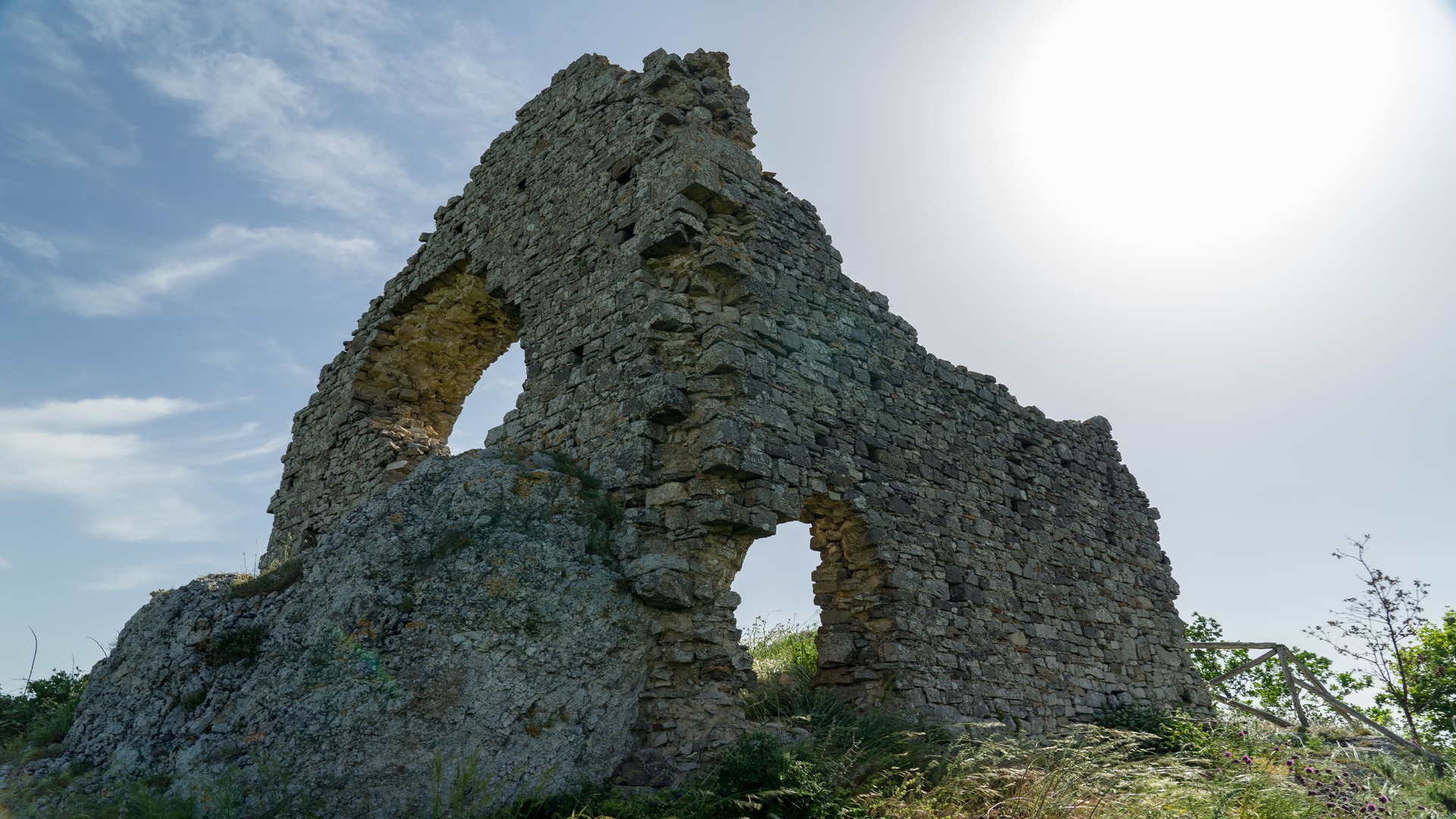The sheep tracks are a characteristic feature of the Molise landscape, these grassy paths have represented and still represent an invaluable asset worthy of protection.
In 1976 a Decree of the Ministry of Culture declared the sheep tracks "...of particular interest for archaeology and the political, economic, social and cultural history of the Molise Region", putting the tracks under the same jurisdiction as works of art.
In 1997, the Region established "The Park of the Molise Tracturi". The "highways of the past" have remained intact for millennia, formed by the passage of flocks and herds from the mountain pastures of Abruzzo to the meadows of the Tavoliere delle Puglie.
For centuries, as well as having a commercial function, they have also had a social function, and towns and villages have sprung up along them.
The phenomenon of transhumance, i.e. transhumant herding, which has been a characteristic feature of a civilisation since protohistoric times, took place along these routes. In the past, the practice of transhumance was regulated by strict public laws and, starting in Roman times, subject to taxation. The sheep-tracks formed a tightly meshed road network that covered the entire territory in a balanced and uniform manner, arranged like meridians (tratturi) and parallels (tratturelli and braccio), controlled by real "service stations" for men and animals: Le Taverne.
In fact, factories, taverns and churches were set up along the edges to provide shepherds with the necessary assistance. At one time as many as 12 "green giants" passed through Molise, and even today, of the 136 municipalities in Molise, 77 are where you can find a sheep trail. In addition to the wonderful landscapes, along these roads you can find towns, such as Isernia, Venafro, Larino, Bojano and Campobasso, and many small villages full of art and culture. A legacy of this 'civilisation' can still be found today in the centuries-old October Fair held in Larino, commissioned by King Charles III of the Two Sicilies in 1742. Even today, the Colantuono family of Frosolone (the only one in Italy)
has been moving its herds from Apulia to Molise from 25 to 28 May every year for over a century, to return in the autumn. In 2006, UNESCO elevated "La transumanza: i Regi Tratturi" (Transhumance: the Royal Tracturi) to a Material and IntangibleHeritage of Humanity. In 2016, the UN proclaimed Transhumance an "Identitary Product of the Italian People of 2016".
37 Natura e Svago - Parco dei Tratturi
Back 37 Natura e Svago - Parco dei Tratturi

